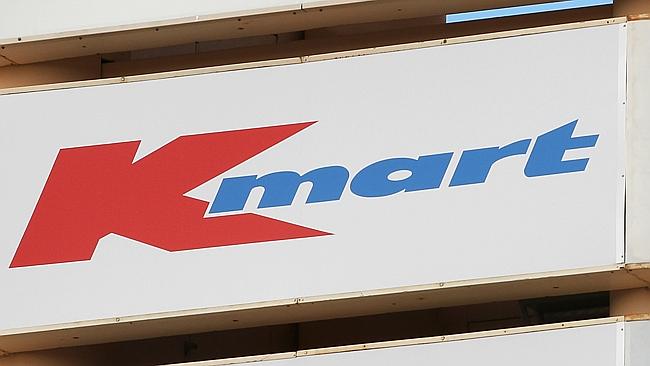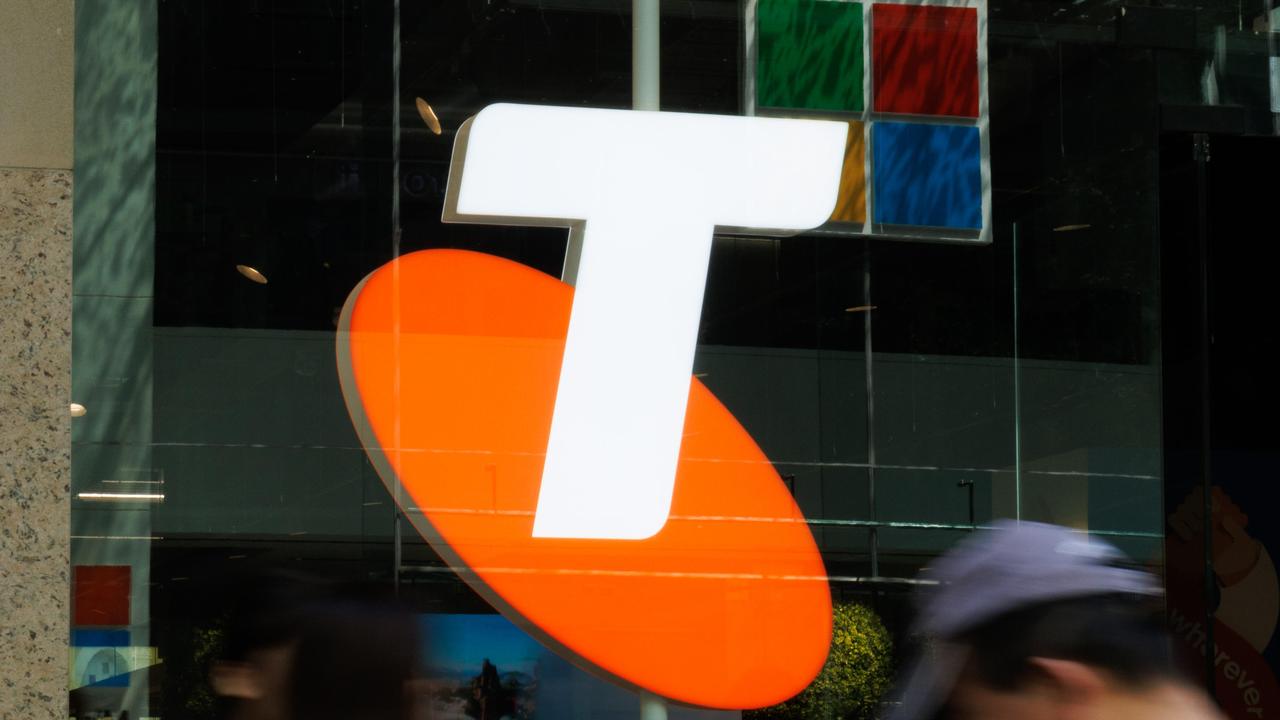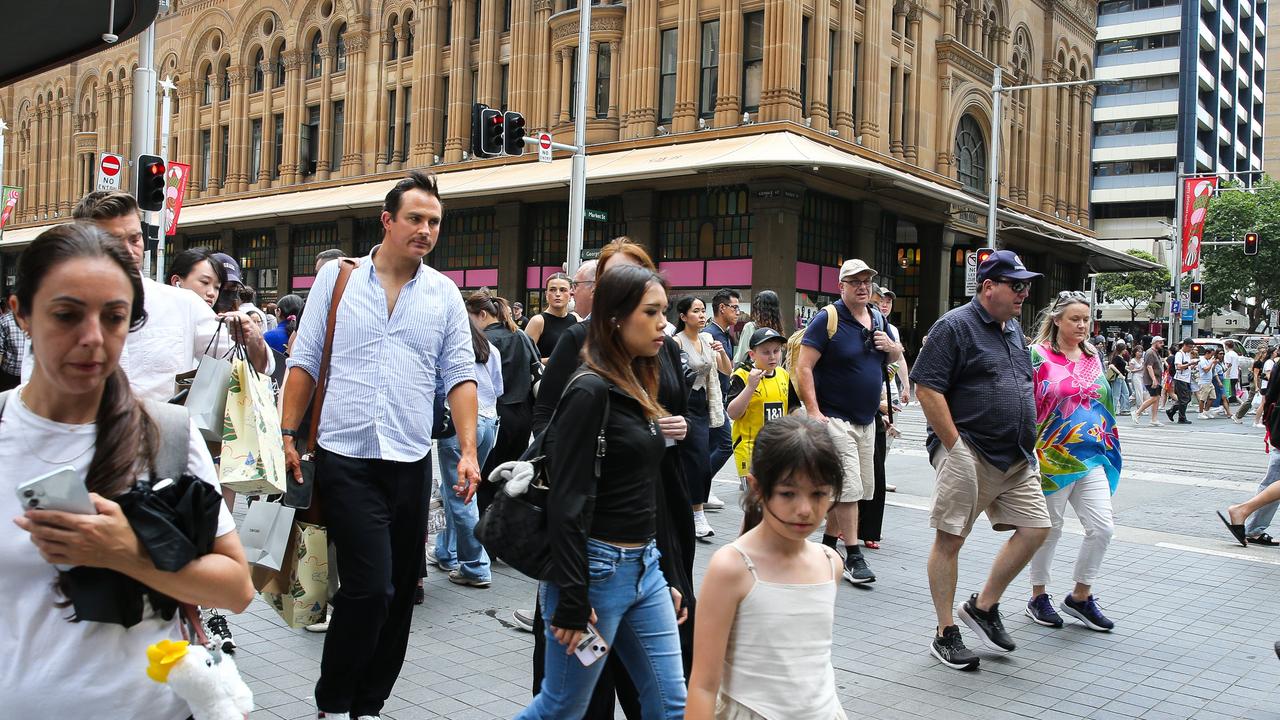Why Kmart is Wesfarmers’ jewel in the crown
WHAT should we make of Kmart’s recent revival? The store is becoming the jewel in the crown of its owner Wesfarmers.

THE economy is all about turning points. They don’t always look like much at the time, but in retrospect, they are momentous.
Take Aldi’s arrival in Australia. The year was 2001 and the first two Aldi stores opened in Sydney’s west on a hot, dry January day. It would herald the start of a tremendous wave of discounting that would almost kill Woolworths. But at the time, it didn’t look like much — just a German supermarket chain selling things that were, frankly, weird. It went against all the trends and was mostly viewed at the time as a curiosity.
What should we make of Kmart’s recent revival? The store is becoming the jewel in the crown of its owner Wesfarmers.
The recovery has happened only quite recently. In the past two years, has Kmart stopped looking sluggish and started thriving.
Is it the last gasp of a dying retail model? The discount department store’s last stand? Or, is it a sign that the store has withstood the battering from the internet, learned its lessons, and survived?
The experience of Kmart seems to be this: a purely cheap brand no longer works. Big W is seen as cheap too, but consumers shun it. Big W’s owner Woolworths reported a 4.6 per cent fall in sales in the general merchandise category — mostly Big W — in the most recent quarter.
Kmart’s image is a bit different to Big W. It hints that it is still youthful and cool, even though it’s cheap. We won’t link to their ads here but they are full of vibrant people aged 18-22, exceedingly lithe and probably unlikely to be found at an actual Kmart.
Kmart also seems slanted to female shoppers. The website shows far more lines of clothes and active-wear for women than men. Under sports equipment the top listed item is boxing gloves, in pink.
I went to my local Kmart the other day and it was busy. We went there looking for a particular light globe but Kmart doesn’t do that sort of boring stuff anymore. (It is now cool not functional, I must remember.) My partner bought a cheap clothing item on a whim instead. Falling right into their trap.
Kmart — an American company born almost a century ago — began to operate in Australia in the 1960s. The stores soon became wholly Australian and are now owned by Wesfarmers, the retail conglomerate behind Coles, Liquorland, Bunnings and Officeworks.
In each of these businesses Wesfarmers has been able to combine a low price vibe with a positive-enough quality vibe. It’s not just “Down, Down” or “Lowest Prices Guaranteed”. It’s also that shopping there feels okay. Maintaining an image of being cheap and adequate quality is no easy feat for the marketing department, but as Kmart has shown, it’s vital for survival.
Kmart and Target have now merged at a corporate level as Wesfarmers tries to get the Kmart magic to rub off on its troubled child. Target has been in serious strife recently — they even faked their own sales figures to not look so bad, which the managing director later called “mind-blowingly stupid”.
Senior staff have been sacked and the merger has retail experts on the edge of their seats. Will Wesfarmers roll out the Kmart model across all the Target stores? Can Kmart survive being stretched so far? One possibility is the Target brand is retained and its image is changed. Could Kmart occupy the niche of being a fun discount department store mostly for women and Target take that niche for men? Could one be more upscale and one cheaper? The options are many.
Both Kmart and Target could survive in the end — there are signs the department store as a whole is having a comeback. In the history of department stores in Australia the best month was March 2009. Thereafter it looked like the internet was going to eat the sector alive.
Then something happened. Around the middle of 2014, the downtrend stopped. If we zoom in on the past 18 months, we see what could, just possibly, be a new beginning. Sales are up eight per cent across all department stores nationwide. It hasn’t yet got past the 2014 high water mark, but the trend is positive.
The thing about turning points in the economy is you never notice them as they happen. The best you can do is notice them soon afterwards. That’s why I’m going to make sure I keep an eye on Kmart.
Jason Murphy is an economist. He publishes the blog Thomas The Think Engine. Follow him on Twitter @jasemurphy.




